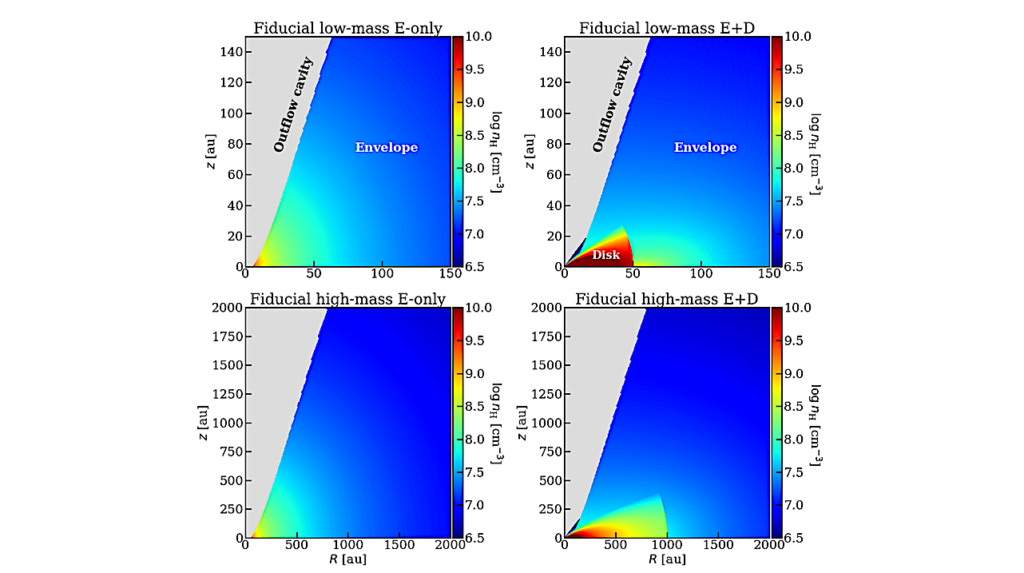Constraining Prebiotic Chemistry Through a Better Understanding of Earth's Earliest Environments

Any search for present or past life beyond Earth should consider the initial processes and related environmental controls that might have led to its start.
As on Earth, such an understanding lies well beyond how simple organic molecules become the more complex biomolecules of life, because it must also include the key environmental factors that permitted, modulated, and most critically facilitated the prebiotic pathways to life’s emergence. Moreover, we ask how habitability, defined in part by the presence of liquid water, was sustained so that life could persist and evolve to the point of shaping its own environment.
Researchers have successfully explored many chapters of Earth’s coevolving environments and biosphere spanning the last few billion years through lenses of sophisticated analytical and computational techniques, and the findings have profoundly impacted the search for life beyond Earth. Yet life’s very beginnings during the first hundreds of millions of years of our planet’s history remain largely unknown–despite decades of research.
This report centers on one key point: that the earliest steps on the path to life’s emergence on Earth were tied intimately to the evolving chemical and physical conditions of our earliest environments. Yet, a rigorous, interdisciplinary understanding of that relationship has not been explored adequately and once better understood will inform our search for life beyond Earth.
In this way, studies of the emergence of life must become a truly interdisciplinary effort, requiring a mix that expands the traditional platform of prebiotic chemistry to include geochemists, atmospheric chemists, geologists and geophysicists, astronomers, mission scientists and engineers, and astrobiologists.
Timothy W. Lyons, Karyn Rogers, Ramanarayanan Krishnamurthy, Loren Williams, Simone Marchi, Edward Schwieterman, Noah Planavsky, Christopher Reinhard
Comments: Planetary science and astrobiology community white paper submitted to the National Academy of Sciences
Subjects: Instrumentation and Methods for Astrophysics (astro-ph.IM); Earth and Planetary Astrophysics (astro-ph.EP)
Cite as: arXiv:2008.04803 [astro-ph.IM] (or arXiv:2008.04803v1 [astro-ph.IM] for this version)
Submission history
From: Edward Schwieterman
[v1] Mon, 10 Aug 2020 16:41:49 UTC (583 KB)
https://arxiv.org/abs/2008.04803
Astrobiology, Astrochemistry








